Science Illustrated delivers natural science, break through discoveries and an understanding of the world for the entire family. Packed with stunning photography and in-depth editorial it’s a visually spectacular gateway to the world looking into the beginning of life to distant objects in the universe.
Balaenoptera musculus, We Hardly Knew Ye
AEROSPACE
Intestinal bacteria convert all blood types into one • A special enzyme in your intestines can consume the sugars on the surface of red blood cells. Now, scientists aim to develop and propagate them, so we can all one day donate blood to one another.
Andromeda has swallowed the Milky Way’s sister galaxy
Quark Soup!
BY THE WAY
Zombie worms died thousands of years ago – now they live
Women have hidden defence against cancer
Subs and planes to communicate • A new miniature radar will allow submarine radars to exchange messages with plane radar systems.
People from far away buried at Stonehenge
Huge star prevents new star formation
New neurons control brain traffic
Physicists solve old spaghetti mystery • Thanks to a customised wringer, scientists have finally managed to break a strand of spaghetti in two. The breakthrough is important for how engineers strength test materials.
Can animals predict natural disasters? • When an earthquake or a volcanic eruption strikes, you sometimes hear that the wild animals of the area took refuge long before. Can this be true?
Do humans have a tenderloin?
Do clouds shrink when it rains?
Can you inhale and exhale at the same time?
Why is ice slippery?
Which animal can fly for the longest time?
Does the Northern Hemisphere have more mass? • The vast majority of Earth’s land masses are located north of the Equator. How can that be, and has it always been like that?
Could a supernova destroy Earth?
Industrial magnet and iron filings • Iron chips are captured and organised in the magnetic field of a powerful magnet.
How do blank cartridges work? • An automatic weapon normally uses the pressure from the firing of a bullet to reload. But what happens in films, in which the cartridges are blank and pressure reduced?
LEVIATHAN WAKES! • Examinations of a stored bone fragment mean that the blue whale is no longer the world's biggest animal. The fragment has proved to be from an extinct giant of 200 tonnes, prompting scientists to search drawers and cabinets to find disregarded evidence of huge ancient sea monsters.
Bone grooves reveal fish lizard’s huge size • A fossil excavated in the South of England has been a mystery for about 170 years. By comparing a unique groove in the bone surface to an identical indentation from a new fossil find, scientists have discovered that the old find is from a very large fish lizard species.
The world was teeming with huge creatures • The newly-discovered fish lizard is not by far the only species with huge members. Prehistoric sharks weighed 60 t, and the biggest modern squid of 450 kg was not afraid of attacking sperm whales.
Huge animals = major advantages • They are better at protecting themselves against predators, are more intelligent, and live much longer. On the other hand, nature’s heavyweights will also more easily succumb to mass extinction.
Huge animals bend biological laws • The blue whale overcomes nature’s limitations by means of special adaptations such as a huge tail fin and an excellent ability to oxidize blood. The prehistoric fish lizard probably had similar characteristics.
THE BRAIN CRAVES FOR FAT • It is good for you, but your body disagrees. A diet makes your brain launch a counterattack influencing your senses and judgment, forcing you to surrender over and over again....
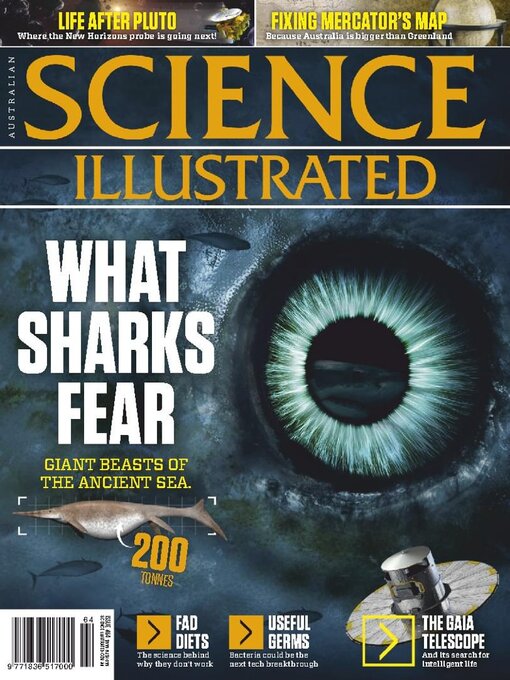
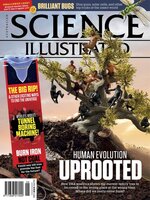 Issue 106
Issue 106
 Issue 105
Issue 105
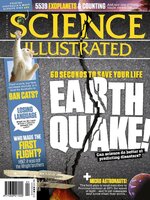 Issue 104
Issue 104
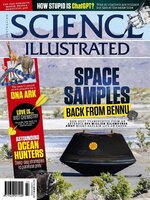 Issue 103
Issue 103
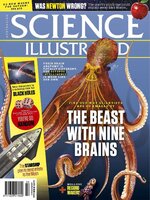 Issue 102
Issue 102
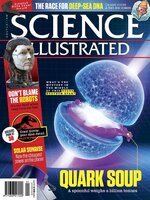 Issue 101
Issue 101
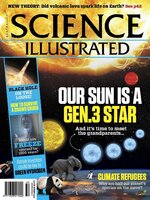 Issue 100
Issue 100
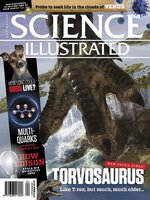 Issue 99
Issue 99
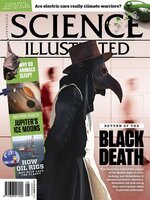 Issue 98
Issue 98
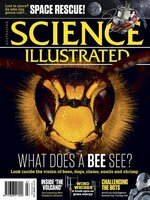 Issue 97
Issue 97
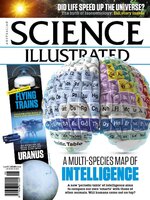 Issue 96
Issue 96
 Issue 95
Issue 95
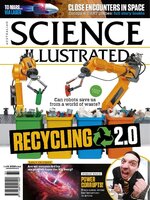 Issue 94
Issue 94
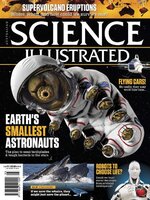 Issue 93
Issue 93
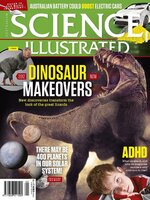 Issue 92
Issue 92
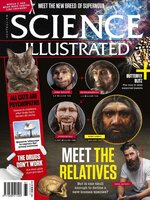 Issue 91
Issue 91
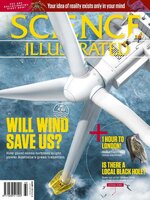 Issue 90
Issue 90
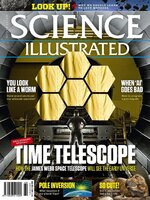 Issue 89
Issue 89
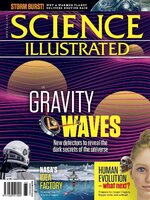 Issue 88
Issue 88
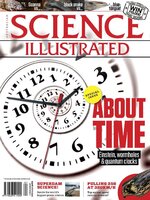 Issue 87
Issue 87
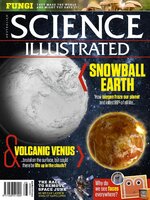 Issue 86
Issue 86
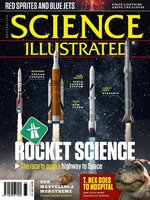 Issue 85
Issue 85
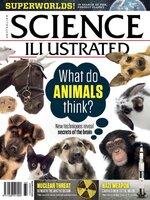 Issue 84
Issue 84
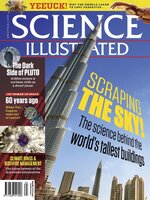 Issue 83
Issue 83
